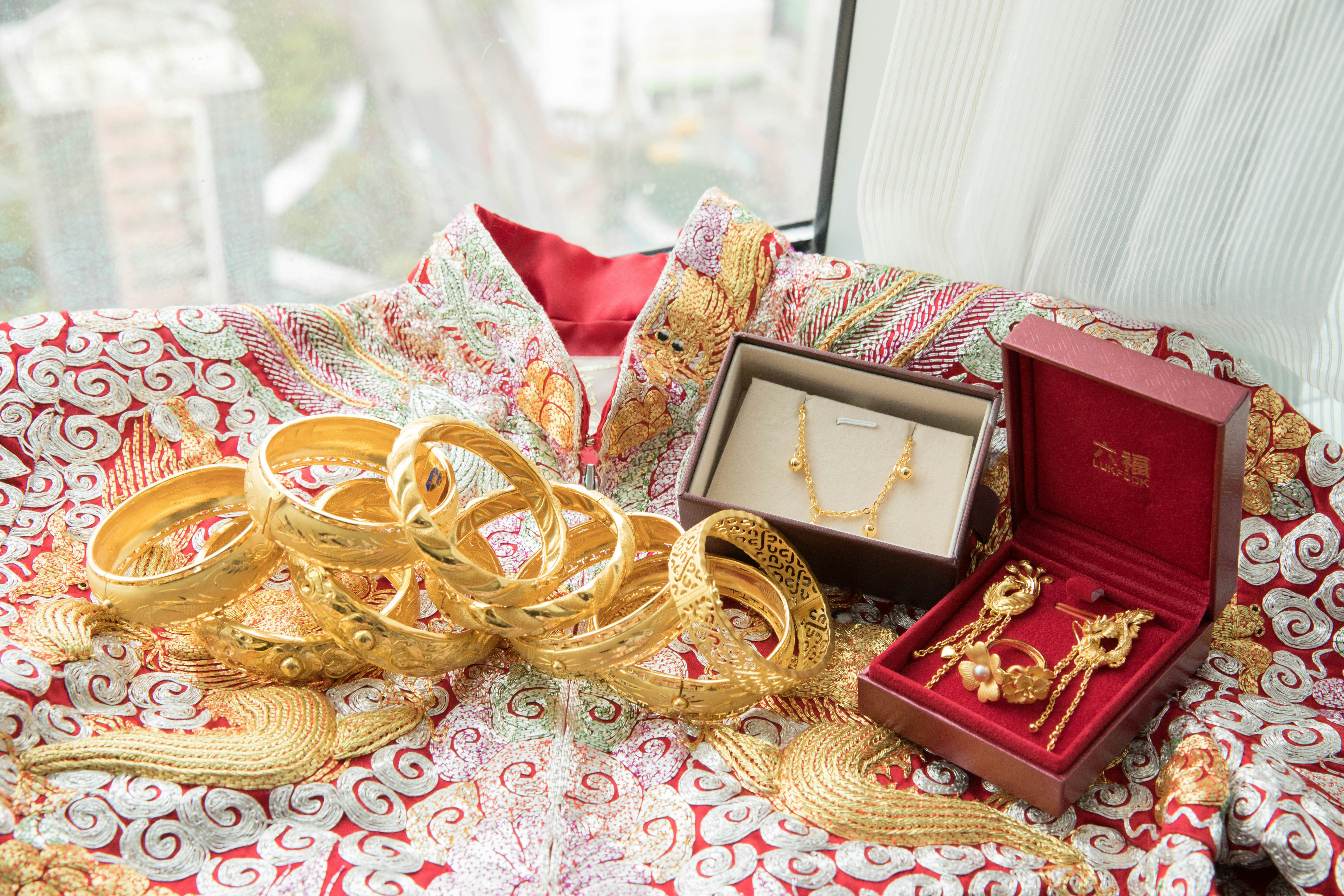Discover the Future of Diamonds in Surat
Sonani Jewels has opened the world’s largest lab grown diamond jewellery store in Surat, India’s diamond capital. Spread across 18,000 sq. ft., the showroom blends craftsmanship, sustainability, and innovation. As a result, Surat now offers shoppers a modern space to explore ethical luxury. Moreover, the store highlights the city’s growing role in lab grown diamonds.
For readers exploring jewellery basics, see our guide on 24K, 22K, 18K: What Every Malayali Gold Buyer Must Know.
Why Surat Leads the Diamond World
Surat is known for polishing 90% of the world’s natural diamonds (GJEPC), making it a global hub for diamond excellence. Therefore, it is no surprise that Sonani Jewels chose this city for its flagship showroom. In addition, Surat’s artisans are now applying their skills to lab-grown diamonds. Similarly, the city’s growing demand for sustainable jewellery makes it the ideal location. However, few stores match Sonani Jewels’ scale and innovation.
Shoppers can also review our article on Understanding BIS Hallmark before making jewellery purchases in India.
The Sonani Jewels Story
- 2015: Started producing lab grown diamonds with CVD technology
- 2017: Expanded into coloured and white diamonds
- 2021: Entered fine jewellery with in-house artisanship
- 2023: Reached global buyers through e-commerce
- 2025: Opened the world’s largest showroom in Surat
Founder Agastya Sonani explains:
“We believe diamonds should be ethical, accessible, and timeless. Today, this Surat showroom reflects our vision for the future.”
What Makes This Store Unique
- Wide collections – bridal, festive, and daily wear
- Custom design services – co-create with artisans
- Eco-friendly lab diamonds – sustainable, conflict-free
- IGI-certified diamonds (IGI Worldwide) – graded for quality and trust
Furthermore, every visitor can expect a transparent buying experience. Also, our knowledgeable consultants guide customers to select the perfect piece. Finally, anyone planning to buy lab grown diamond jewellery in Surat will find unmatched quality and service at Sonani Jewels.
FAQs
Q: Where is the world’s largest lab grown diamond jewellery store?
A: In Surat, India, opened by Sonani Jewels in 2025.
Q: Are the diamonds certified?
A: Yes, every diamond is IGI-certified for quality and trust.
Q: Can customers order custom jewellery?
A: Yes, Sonani Jewels offers design consultations for unique pieces.
This comprehensive global cuisine FAQ covers everything about Asian and Western food and drinks. Whether you’re exploring international cooking techniques or discovering new flavors, this global cuisine FAQ answers the most frequently asked questions about world food traditions, ingredients, and culinary practices from both Eastern and Western cultures.
Global Cuisine FAQ: Asian & Western Food & Drinks
Food reveals cultural contrasts in clear and delicious ways. From cooking methods to dining customs, Asian and Western cuisines showcase unique traditions while also offering fascinating overlaps. Below, you’ll find answers to the most common questions about these culinary worlds.
Understanding Core Differences in Cuisine
1. What distinguishes Asian and Western culinary traditions?
Asian meals often rely on rice or noodles as a foundation. Flavors usually come from soy sauce, ginger, garlic, and a wide variety of spices. Meanwhile, Western gastronomy emphasizes bread, potatoes, and pasta. Dairy plays a key role, with butter, cream, and cheese giving richness to many dishes. Herbs such as rosemary and thyme highlight European cooking. These contrasts create distinct dining habits and flavor profiles.
2. Are Asian dishes always spicy?
No, not at all. While cuisines from Thailand and parts of India feature bold use of chilies, not every dish follows this pattern. Japanese sushi, Chinese dim sum, and Korean bulgogi are mild examples. In fact, Asian cuisines range from fiery to delicate, showcasing a rich palette of flavor.
Western Breakfast Staples and Comfort Foods
1. What constitutes typical Western morning meals?
Western breakfasts often include eggs, bacon, and toast. Pancakes, waffles, and cereal are also popular choices. These hearty starts are usually enjoyed with coffee, tea, or juice, providing both energy and comfort.
2. What represents popular Western comfort foods?
Comfort foods in the West speak to nostalgia and indulgence. Creamy macaroni and cheese, pizza, and hearty casseroles are favorites. Similarly, burgers and fried chicken have wide appeal. Because they are warm, filling, and familiar, these dishes strongly connect to emotion.
Cultural Dining Practices
1. Do all Asian cultures employ chopsticks?
No. Chopsticks dominate in East Asia—China, Japan, and Korea. However, Southeast Asia prefers spoons and forks, while India and parts of the Middle East often use flatbreads or hands. This diversity highlights how food customs closely reflect culture.
2. Why are some Asian foods fermented?
Fermentation preserves food while also enhancing nutrition and flavor. Korean kimchi, Japanese miso, and Indonesian tempeh show how tradition meets health benefits. These foods are valued not only for taste but also for their role in well-being.
Common Western Beverages
1. What beverages are common with Western meals?
Western dining often features water, soda, or fresh juice. Alcohol also has a strong cultural connection, with wine served at European dinners and beer central in North America. In the southern United States, sweet iced tea is a staple.
Dietary Flexibility and Options
1. Can one discover plant-based options easily?
Yes. Asian cuisines offer tofu stir-fries, lentil dals, and vegetable curries that are naturally vegetarian. Western food, similarly, embraces plant-based eating. Salads, vegetarian pastas, and vegan burgers have grown popular, making meat-free dining accessible worldwide.
Unique Asian Drinks to Explore
1. What are some unique Asian beverages?
Asia provides a wide variety of distinctive drinks. Bubble tea, from Taiwan, combines tea with chewy tapioca pearls. Japanese sake, made from rice, holds deep cultural meaning. Strong Vietnamese iced coffee, sweetened with condensed milk, adds a bold twist compared to Western brews.
Portion Sizes and Dining Habits
1. How do portion sizes compare?
Western meals often emphasize large servings, reflecting abundance. By contrast, Asian meals are usually smaller yet balanced, encouraging sharing and mindful eating. This creates different social experiences around the table.
The Art of Fusion Cuisine
1. Is it feasible to integrate Asian and Western flavors?
Absolutely. Fusion cuisine blends traditions in creative ways. For instance, teriyaki burgers combine Japanese flavors with American fast food, while kimchi tacos bring Korean spice to Mexican street food. These playful mixes show how food bridges cultures.




